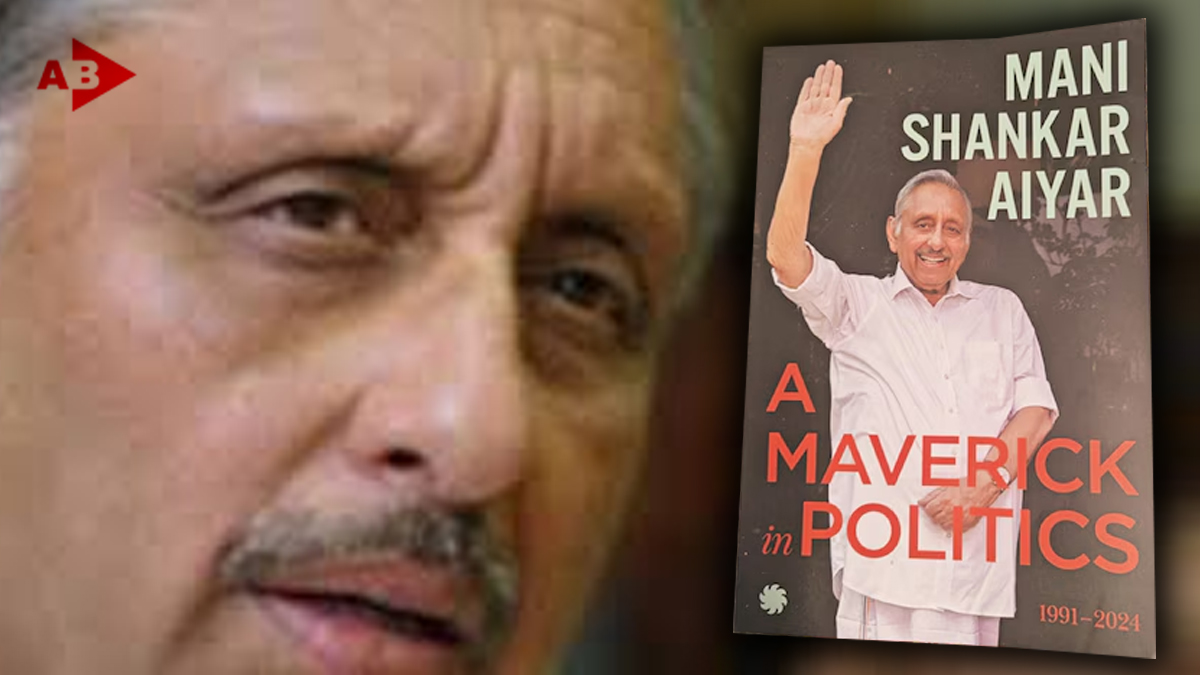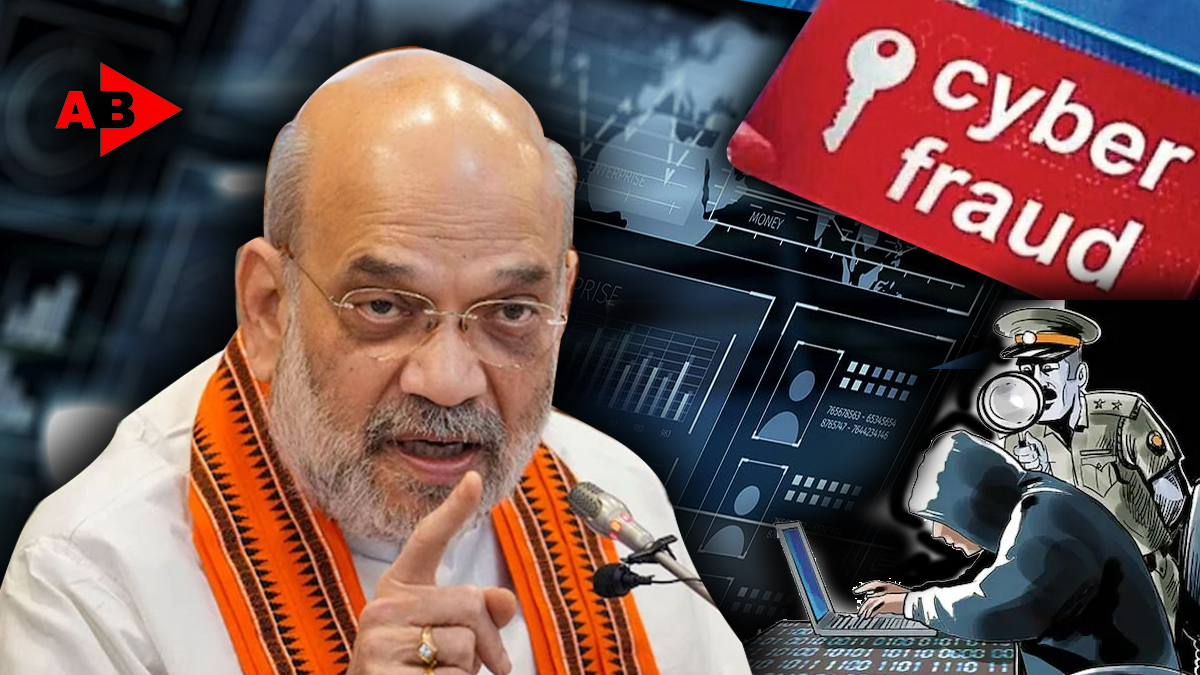
Manishankar Aiyar’s “A Maverick in Politics” unveils critical decisions of the UPA era and their implications for Indian governance.
In “A Maverick in Politics,” Manishankar Aiyar discusses pivotal decisions during the UPA government, including the potential leadership changes in 2012 and their impact on governance. Explore his reflections on political dynamics and health challenges faced by key leaders.
Jotirmoy Roy, AB News, New Delhi: In the ever-evolving landscape of Indian politics, few figures stand out quite like Manishankar Aiyar. Known for his candid insights and controversial statements, Aiyar’s recent book, “A Maverick in Politics,” has stirred discussions and ignited debates, particularly around the decisions made during the UPA government and their long-term implications for the party and country.
One of Aiyar’s most provocative assertions comes from his retrospective analysis of 2012, a pivotal year when the presidency in India was up for grabs. He posits that had Pranab Mukherjee been appointed as Prime Minister while Dr. Manmohan Singh took up the presidency, the UPA-2 administration could have avoided the “paralysis of governance” that became evident in its later years. This claim, though speculative, opens a floodgate of ‘what-ifs’ that question the efficacy of political leadership during a critical juncture in Indian history.
In his book, Aiyar doesn’t shy away from addressing the impacts of personal health on political dynamics. He highlights the health challenges faced by both Singh, who underwent multiple coronary bypass surgeries, and Sonia Gandhi, the then Congress president. Aiyar notes that Singh’s deteriorating health led to a slowdown in his governance, compounding the issues already hindering effective leadership. This dual decline, he argues, created a vacuum of strategic decision-making at a time when the government was facing pressing challenges, notably the anti-corruption movement led by Anna Hazare.
Aiyar elaborates on how the inertia in decision-making was palpable within the UPA leadership. “By 2012, it became evident that both the offices of Prime Minister and Party President were not just sluggish but stagnant,” he explains. His observation suggests that the failure to address leadership transitions strategically contributed to the party’s inability to mount a successful re-election campaign in 2014. He argues persuasively that moving Mukherjee to the premiership at that time could have infused the government with renewed vigor and stability.
What makes Aiyar’s book particularly intriguing is not just the historical narratives but the personal anecdotes and reflections on his own political journey. He chronicles his early days in politics, his tenure as a minister during P. V. Narasimha Rao’s administration, and the intricate dynamics within the UPA-1 era. Aiyar’s story is one of both ascent and decline, tying his personal experiences to the broader destiny of the Congress party.
Moreover, Aiyar also makes a significant clarification regarding his past remarks about Prime Minister Narendra Modi, asserting, “I have never called Modi a ‘chaiwala’.” This statement seeks to counter the narrative that often casts politicians into simplistic boxes based on their backgrounds, urging a more nuanced understanding of political figures in India.
The revelations Aiyar shares about the ponderous nature of governance during his time provide readers not only with a glimpse into the corridors of power but also with lessons on the significance of timely decisions, health and leadership qualities. His reflections prompt questioning about how personal circumstances can heavily influence national destinies, making the essential case for a more proactive and prepared political environment.
In a country where echoes of political decisions resonate across decades, “A Maverick in Politics” acts as a timely reminder of the intricacies that define leadership and governance. Manishankar Aiyar’s incisive commentary offers an opportunity for introspection within the political realm, urging current and future leaders to ponder the weight of their choices and the trajectories they carve for the nation. As we navigate through the lessons of the past, Aiyar’s insights could well shape the discourse surrounding the future of governance in India.


